Every year, we scrap billions of tons of waste, but nothing ever goes away. Not really. We use the phrase ‘to throw something away’ in the optimistic assumption that it means ‘gone for good’, but in fact, ‘away’ is simply somewhere else. ‘Away’ is a temporary dwelling place for all the inorganic objects that will take centuries to fully disintegrate, while plants, food scraps and paper return to nature’s cycle a little faster, thanks to bacteria and insects that break the materials down to their smallest components, so they can once again become nourishment and building blocks for new organic constructions – provided we create the right conditions for composting. These items, too, do not go away but are merely reborn as new molecules, cells and structures.
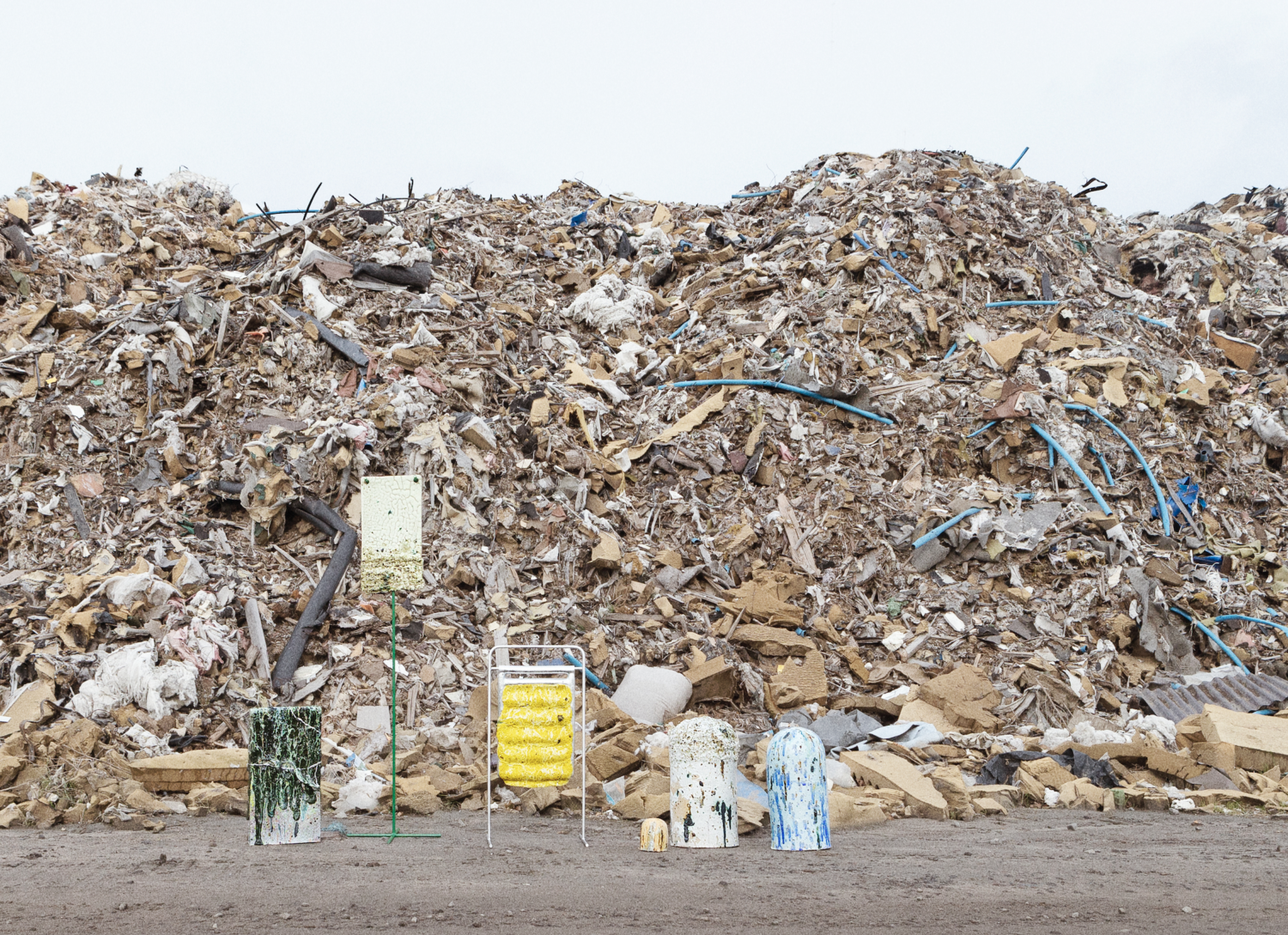
Nothing ever disappears on our planet, the amount of matter remains constant, but in our modern minds we have formed the idea that it is possible to remove something from the equation entirely. That is not surprising. We had to find ways to get rid of things, as everyone acquired more stuff. The cadence began in the early modern era, during the 17th century, when new attractive wares from exotic places made it more exciting to be a consumer; it gained pace with the growing colonization of the world, which resulted in a steady stream of goods destined for the growing middle class; and it reached an as-yet unfinished crescendo with the invention of new fast and cheap ways of manufacturing and brand-new materials, such as plastic and polyester. As more and more people can now afford to own things – many things! – the amount of waste has grown accordingly. And ever since the post-war years, the market has been based on everyone buying new things all the time, which has led to a monstrous amount of discarded stuff.
All the modern-day foam-born waste on our beaches and river banks is like a persistent emergence from our collective unconscious of material that no one wanted to address, and which is now piling up. On our beaches, as plastic soup trapped in ocean gyres or in the stomachs of marine animals, interwoven into the very tissue of marine animals in the form of microparticles, which later migrate into our own bodies. Ultimately, we end up carrying the repressed garbage around inside us. A few years ago, I was standing on a beach south of Tel Aviv and Jaffa, where I saw how the sea threw back hundreds of ceramic fragments: broken-down tiles from the many Palestinian homes that had been demolished and then poured into the sea. Now they resurfaced, like a whisper of a repressed story, just as we are now all haunted by the flotsam of our persistent consumption; tangible reminders of all the things we refuse to deal with.

The problem goes beyond waste. The underlying problem is the ever-shrinking lifespan of things, as Christine Harold points out in her book Things Worth Keeping: The Value of Attachment in a Disposable World. A professor of communication at the University of Washington, she studies consumer culture – and how we can change it. She takes an in-depth look at the problems, which begin long before things are discarded. Even while they are still in our homes, they pile up, and are often essentially unwanted. Things and clothes are no longer made to be maintained, repaired and passed on. If we go back just a few generations, maintaining, repairing, altering or sorting and recycling discarded things were important professions – and most people were able to do minor repairs themselves. Today, things often go out of use as soon as they develop their first defect; as we know, many things are designed to be short-lived, and often, repairs are not cost-effective, since buying a new – and equally short-lived – model is cheaper. Other things are driven out by new purchases.
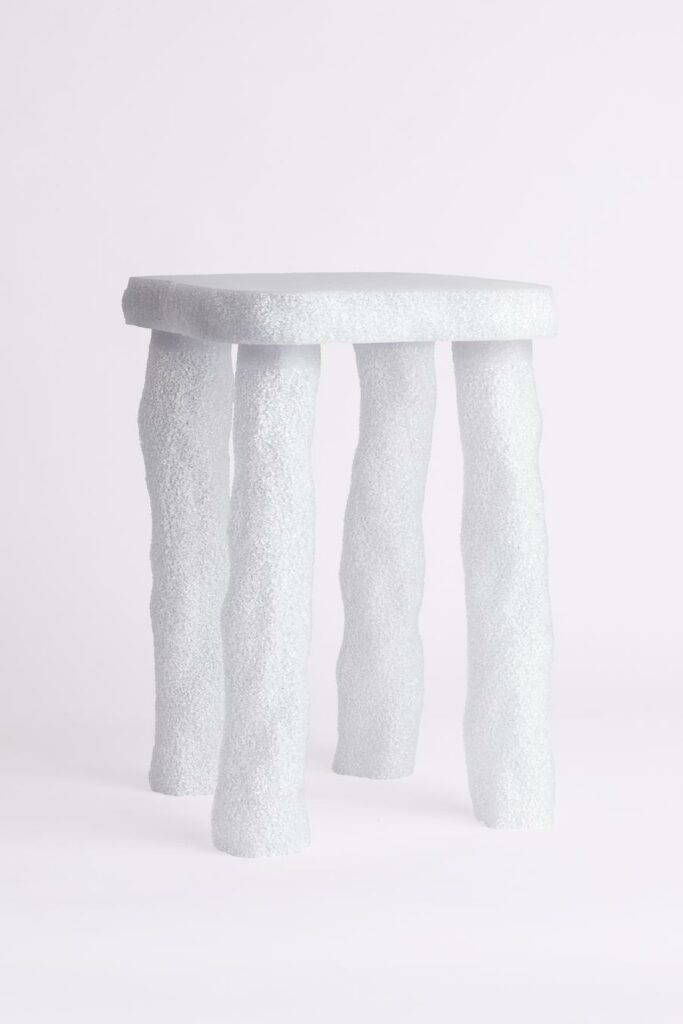
As a way of maturing them before the final disposal, we might place them in the attic, in the back of a closet or in a self-storage unit to make room in our homes – for new acquisitions. The vicious cycle of never-ending consumption is closing in around us, and just as magical thinking makes us think we can throw things away, it also has us assuming that the planet places endless resources at our disposal.
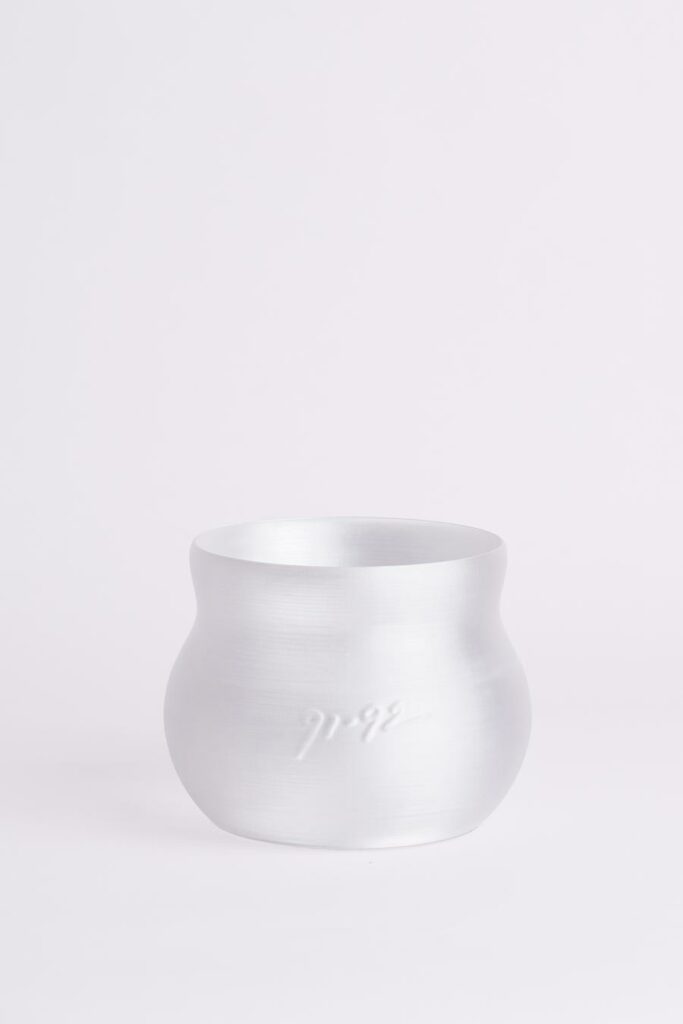
Economists speak of the tragedy of the commons: when we see others consume more from a common resource – the village green, the local blackberry patch, the planet’s resources – we too consume more, even though we know this will lead to the depletion of the common resource. Organic resources, minerals, metals, fuels or the fossil matter used to make synthetic materials are not inexhaustible. Oil is thousands of years’ worth of solar energy stored as organic life and then, in an infinitely slow process, transformed into concentrated, flammable matter. That too does not go away when we burn it as oil and plastic in vast quantities but stays with us in the form of CO2. All we do is alter its state.
The brief oil boom has fuelled explosive growth in production, consumption and mobility. So far, the few who have bothered to do the math on our current and future resources and the balance sheet of the planet’s materials have largely been ignored. But perhaps, things themselves can help rouse us from our collective unconsciousness? Christine Harold examines our relationship with objects. Just as our human relationships may be marred by weak or insecure attachment, today, we often live in dysfunctional relationships with the objects we own. We often acquire them without committing to a long-term relationship. Instead, we buy the cheapest items, which may meet our needs here and now, intending to replace them later with ‘something better’. Our wardrobes are bursting with ill-fitting clothes that quickly lose their shape, and we constantly find ourselves having to replace things that break.

Maybe we can barely manage to have a relationship with things in our modern fast-paced, high-efficiency society? Like antiques, handed-down furniture and other objects are not in vogue; instead, the ideal is the clinically pure and pristine home that reveals nothing and demands nothing of us. In its ultimate form, it is a place that we did not even decorate ourselves but which was instead prepared by a stylist – a place unburdened by history.
Those who try to stem the endless flow of objects and their accumulation as clutter in our homes often do so by turning to minimalism – a sort of modern puritanism. Christine Harold finds some hope in the fact that Marie Kondo’s popular decluttering approach is rooted in Japanese Shintoism, according to which spirits are found not only in all living beings but also in inanimate objects. Many forms of nature religion consider it obvious that things will only bother to work for us if we treat them with care and respect, and indeed, Kondo is known for gently communicating with the spirits of the home. According to her, we should remember to thank our things for their hard work and allow them to rest, just as we should gently wake up our slumbering books before handling them. Nevertheless, Kondo regards them all as nothing more than temporary guests in our life, things that should be passed on as soon as they no longer make our heart skip a beat. But does it have to be quite so puritanical? As an alternative to this strict minimalism, might we also have a playful maximalism, where existing objects mingle to give rise to new styles and thus go on to lead long and happy lives?
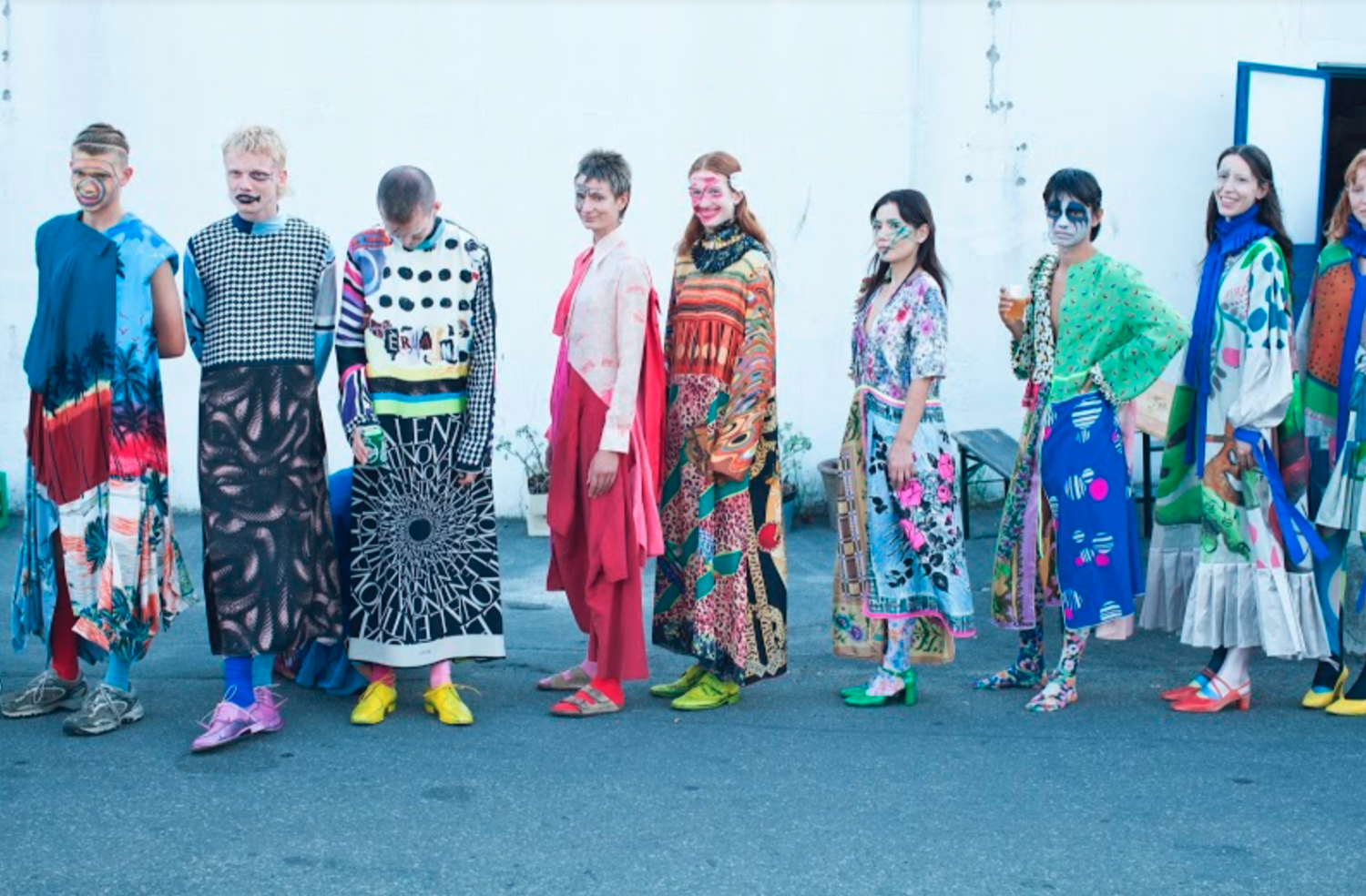
What the world needs is new ways of turning the objects we buy and own into much more permanent aspects of our life. That calls for a longer perspective – designing objects for durability, with a built-in capacity for repair and modification as well as planned degradability and recycling after disposal – and for an aesthetic that rises above the current fascination with fleeting trends. The cradle-to-cradle mindset radically challenges the idea that we can simply manufacture objects and send them into the world; instead, designers and manufacturers need to rethink the entire life cycle of any new object, enable it to function and remain attractive as long as possible and finally guide the object to its final transformation, where as many elements as possible should be suited for being recycled and entering new cycles. Another possibility is to focus on reusing materials in aesthetically pleasing ways: carving new construction elements out of existing walls, sewing clothes from high-quality deadstock fabric and, in all sorts of ways, upcycling existing and superfluous objects. However, all of these approaches face a tough market where low price still trumps most other considerations, and where consumers are not used to approaching every new purchase as a long-term investment. Christine Harold is right that consumers need to develop deeper and more committed relationships with their objects, but surprisingly, her excellent book does not include a critical look at the role that the advertising industry and the media play in perpetuating the dream of tantalizingly non-committal consumption. We urgently need new collective narratives about the sorts of relationships we can have with the objects we own – and new ideals for what is considered attractive, pleasant and prestigious. To some extent, these stories can be crafted by dedicated designers and manufacturers, but commercials and media represent the bigger loudspeaker.

What if the magazines’ stories about our homes and clothes were no longer only about all new must-haves but instead mixed new and old and taught us all how objects can take on new expressions in new constellations? And how we can maintain, style and tweak the objects we already own, so that they can continue to be a pleasure to share our life with? What if we could learn much more about where the objects actually come from, and how they are made? What if commercials not only sought to push another dopamine-boosting purchase and another short-term relationship with an object but instead highlighted the deeper satisfaction of owning something that is a persistent source of joy?
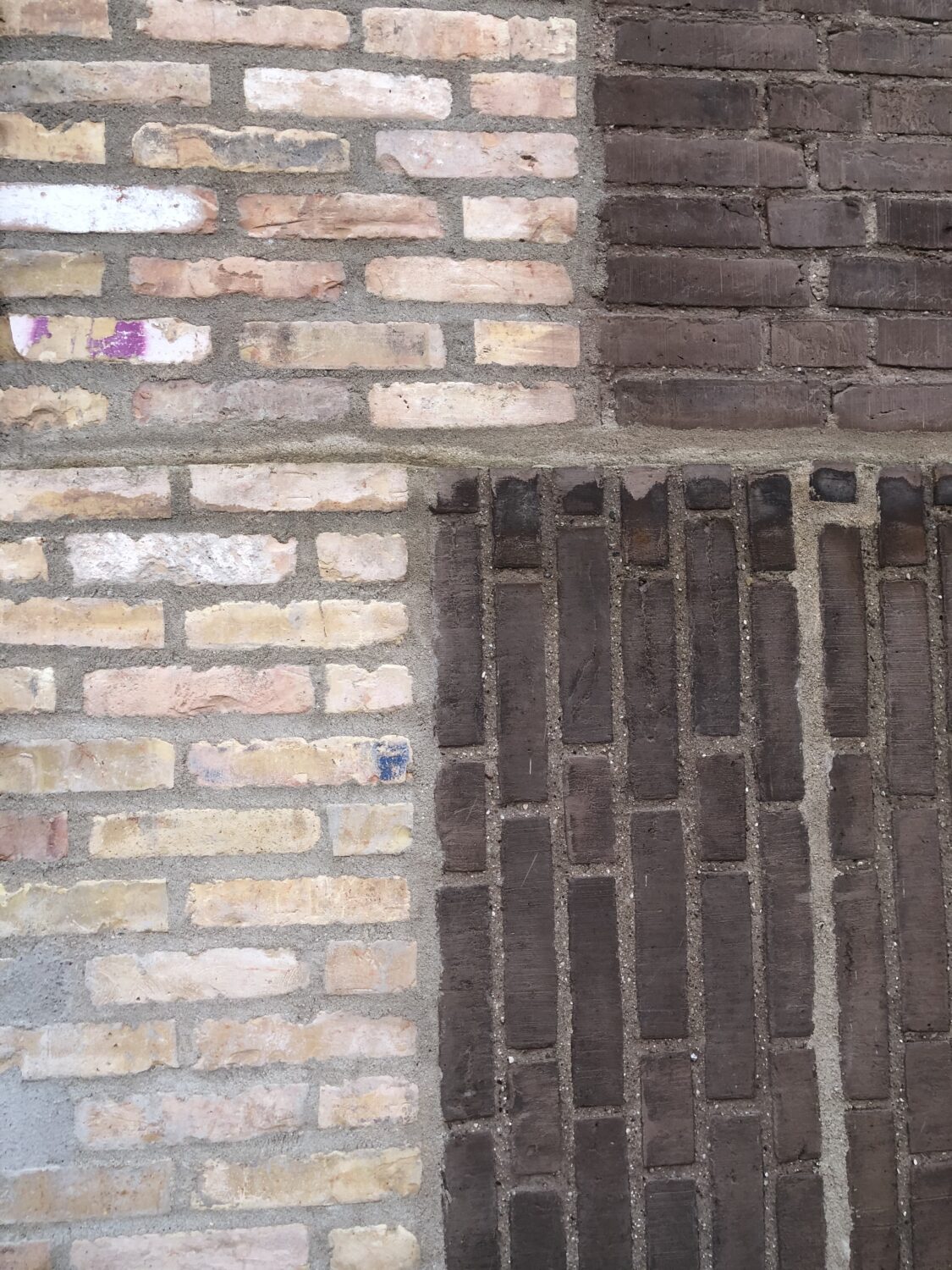
We also need new, clever ways of making superior, and hence more expensive, products accessible to everyone, not just the well-heeled, just as FDB Møbler once came up with its own savings and instalment programme to enable people to buy well-designed, durable furniture in the 1900s. Not to mention government policies that make it impossible to score big profits on rapidly manufactured junk produced at huge costs to the environment and human health and well-being. In other words, it is not only designers and consumers who need to face reality and develop a healthier relationship with things – they need allies across a wide range of industries and public sectors.
Nevertheless, Christine Harold’s book contains many important ideas for further reflection. Like all other changes, reforming manufacturing to embrace a much stronger focus on quality and durability begins with a new mindset. Embracing a new mindset precedes concrete change, and we can actually train ourselves to shape a new future through reflection. Interestingly, Christine Harold points to an unexpected source of inspiration for anyone who wants a more satisfying relationship with objects. Hoarders – people who are unable to throw stuff out and hence often end up living knee-deep in clutter – have been found to have profound empathy with their objects. Their reluctance to throw things out does not stem from a lack of care about their surroundings but instead an intense love of their objects, which they can often describe in every last, beloved detail. Unlike most people, they have an excess of attachment to their possessions. One level down from the hoarder, we find the collector, who derives so much pleasure from the objects and their stories and aesthetics that the collection can continue to grow, endlessly. The collector is the guardian of the objects, obliged to preserve and appreciate them – a role that may seem eccentric or even comical in today’s world, but which is definitely worth pulling out of storage. Perhaps our homes should be just that – collections. Another way to build attachment is to be involved in their making. While critical theorists often hold IKEA up as the incarnation of evil, rapid consumption, Christine Harold refers to studies showing that the process of assembling the furniture cause many people to like and care for it more. They develop a shared history with the objects and these embedded stories enhance their attachment to them.
While all the necessary actors find a way to transition away from overproduction, pollution and infinite waste, there is every reason to engage as many people as possible in bringing back the basic knowledge past generations had about caring for things, repairing them or turning them into new things. And, just as importantly: to understand what things are made of and how they are made. The more hands-on we can be in the way we relate to our possessions, the deeper our attachment. And that makes all the difference.
Christine Harold: Things Worth Keeping: The Value of Attachment in a Disposable World. 278 pages, $24.95. University of Minnesota Press.

